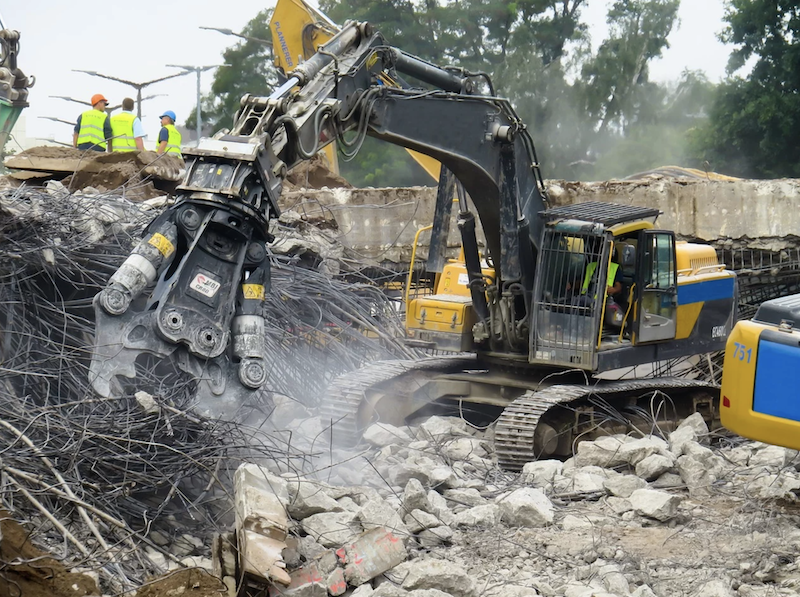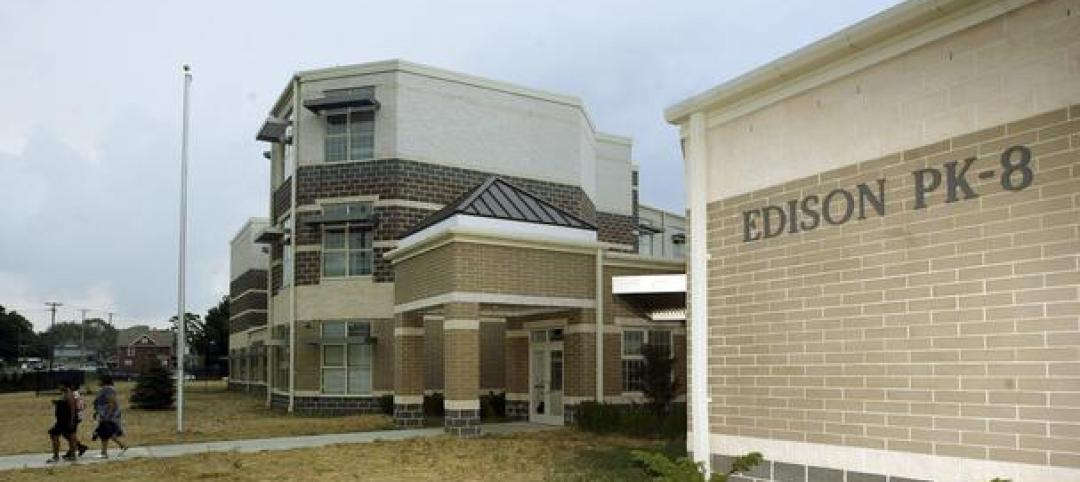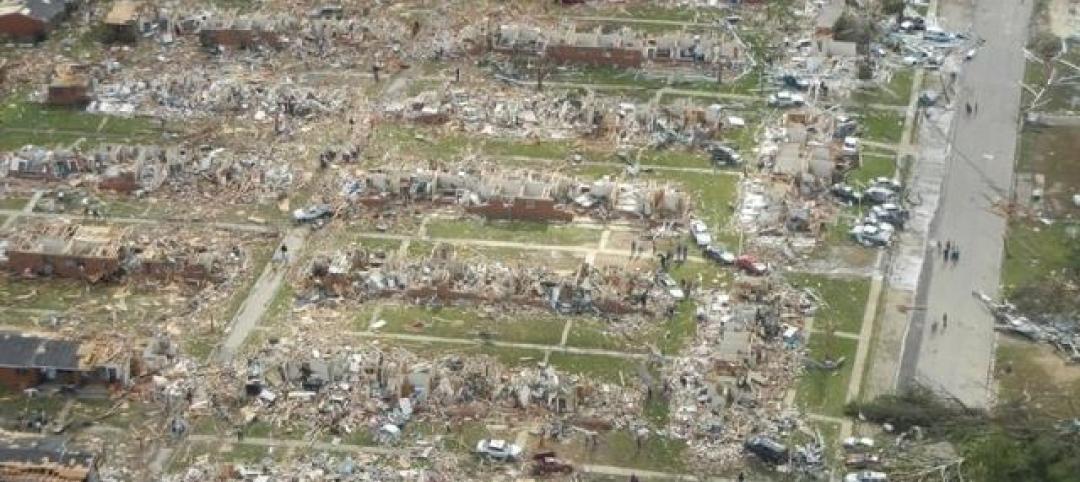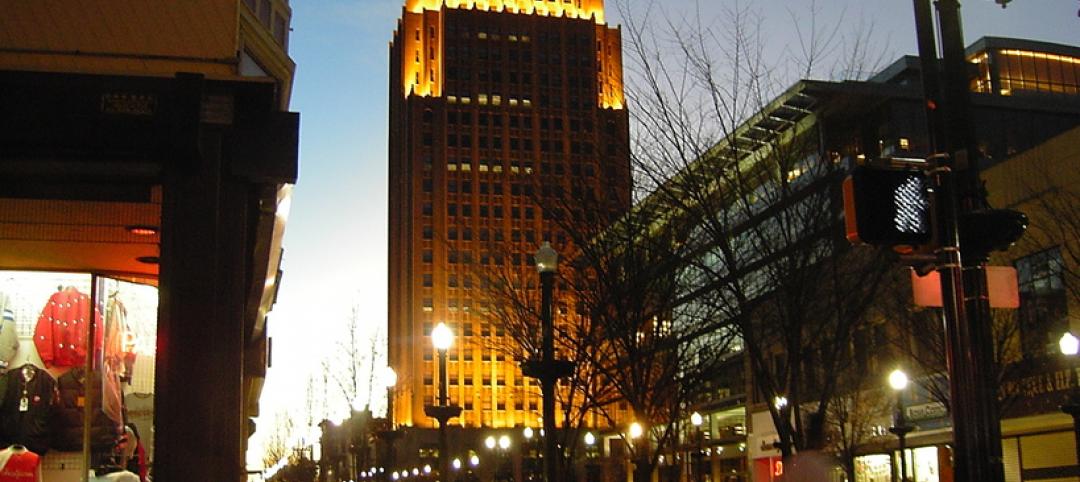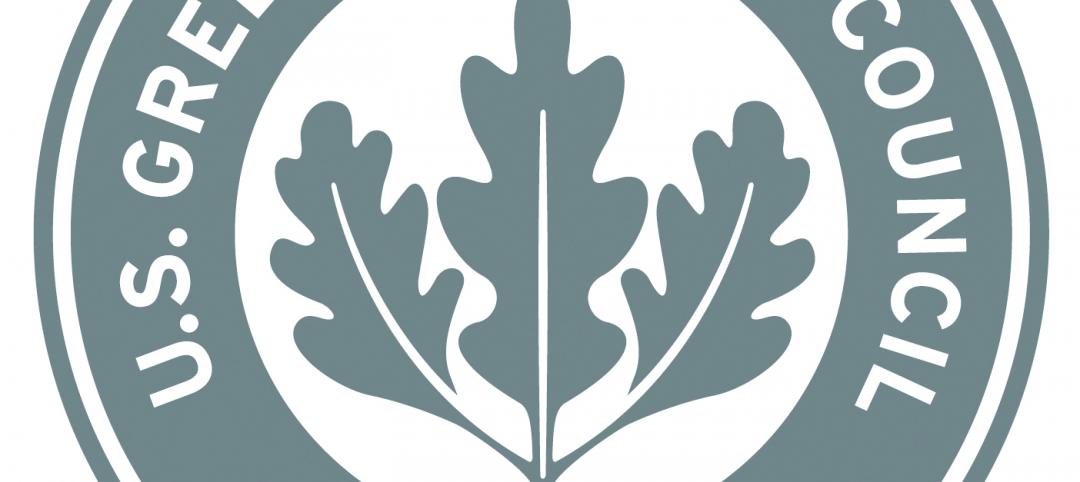Embodied carbon in buildings accounts for 11% of all global greenhouse gas emissions, according to The Urban Land Institute’s (ULI) Greenprint Center for Building Performance.
A new report from that group, Embodied Carbon in Buildings Materials for Real Estate, explains how reducing embodied carbon in the construction process can save developers money and help mitigate the impacts of climate change. Embodied carbon refers to the emissions associated with the manufacturing, transportation, construction of building materials, as well as building materials disposal.
Greenprint and its members are striving to reduce greenhouse gas emissions by 50% by 2030. The report examines multiple steps that contractors and developers can take to reduce their embodied carbon:
· Consider low-carbon structural materials, such as green concrete, recycled steel, or mass timber
· Reduce the total materials in building design, which can result in lower costs
· Repurpose used materials as much as possible, which can add authenticity to a project
· Specify lower-carbon materials when offering an RFP, which often comes at no added cost
· Calculate the embodied carbon of the materials in the project, to understand the emissions impacts and prepare the building for eventual embodied carbon reporting regulations that may be enacted by local municipalities
· Promote the embodied carbon reductions gain to build community good will and increase market awareness and adoption of reduced embodied carbon buildings
Related Stories
| Dec 15, 2011
Dayton, Ohio schools saving $2.6 million annually by building to LEED
On average, green schools save about $100,000 a year on operating costs, including energy and water savings.
| Dec 15, 2011
Building to LEED standards can pose new risks for construction workers
Workers on these projects suffer a 24% increase in falls to lower levels during roof work, which researchers attributed to the installation of solar panels, and a few other risks.
| Dec 15, 2011
NRDC charges Maine governor with weakening green wood requirement
The FSC program is administered through the Leadership in Energy and Environmental Design (LEED) and requires wood to be harvested in a sustainable way.
| Dec 15, 2011
Post-tornado, Tuscaloosa seeks to create walkable urban, retail areas
Block sizes initially were limited to a maximum perimeter of 1,750 feet, with no side of the block being longer than 500 feet.
| Dec 15, 2011
Allentown, Pa. city council asked to repeal union-friendly law
The mayor of Allentown, Pa. asked the City Council to repeal a year-old ordinance that forces contractors to hire union workers for large city projects funded with state and federal dollars.
| Dec 13, 2011
LEED-EB outpaces LEED for new construction
The U.S. Green Building Council's (USGBC's) LEED certifications for existing buildings standard is outpacing LEED for new buildings for the first time.
| Dec 13, 2011
Regulators charge pervasive abuse of construction workers in Connecticut
Federal and state regulators say they have uncovered what they call "widespread noncompliance" with minimum wage and overtime laws in Connecticut's construction industry.
| Dec 13, 2011
Philadelphia mayor signs order for project labor agreements
Philadelphia Mayor Michael Nutter signed an executive order establishing project labor agreements for major public works projects in Philadelphia.
| Dec 13, 2011
Improved code requirements for attic ventilation
The Roof Assembly Ventilation Coalition (RAVC) participated in the development of the code.
| Dec 12, 2011
LEED-EB Outpaces LEED for New Construction
The U.S. Green Building Council’s (USGBC’s) LEED certifications for existing buildings standard is outpacing LEED for new buildings for the first time.


